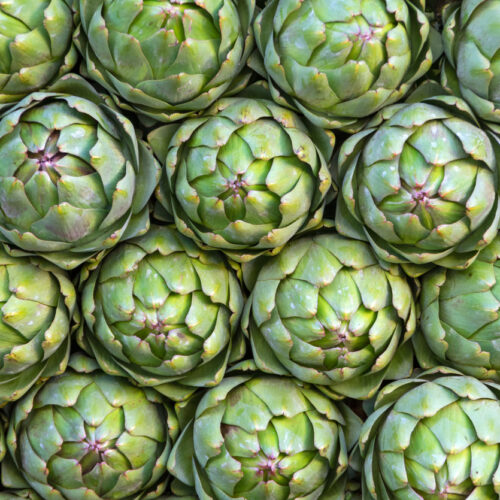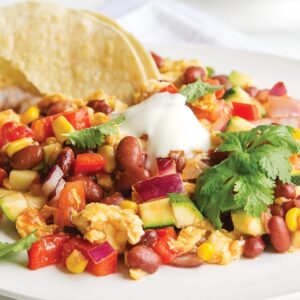
Bread is a good food, but not all bread is equal. Senior nutritionist Rose Carr tells us how to select a healthier loaf.
Bread is a Western diet staple with good reason. The health benefits from bread include:
- carbohydrate for energy
- fibre for digestive health
- some protein
- a range of vitamins, minerals and phytonutrients.
Breads are low in saturated fat and sugar: loaves with a high seed content will be higher in fat, as seeds are about 50 per cent fat, but they are healthy fats; and fruit breads are higher in sugars due to added fruit.
We recommend making wholegrain breads your daily staple and use white breads occasionally. Evidence suggests including more whole grains in our diets helps protect against developing heart disease, type 2 diabetes and some cancers. Eating whole grains has also been linked to better weight control.
Wholemeal or whole grain?
Wholegrain breads generally use a mix of wholemeal flour (made from the whole grain), white flour and kibbled or broken grains, sometimes with seeds added. These breads contain more nutrients (especially B vitamins, vitamin E and fibre) than breads made only with white flour. Whole grain breads have a lower glycaemic index, helping us feel fuller for longer.
Wholemeal bread is usually made with wholemeal and white flours. Wholemeal bread can be as nutritious as whole grain bread; check and compare the fibre content – more is better.
Which is best for kids?
The latest advice from the Ministry of Health is to start infants on white or wholemeal bread and to introduce wholegrain breads during a child’s second year once he or she has the ability to chew and safely swallow without choking. Don’t assume young children won’t like grainy breads: the nutty chewy texture can be appealing.
Sodium
On average, bread contributes a quarter of our sodium intake. Most of us consume far more sodium (from salt) than is good for us, so a great way to reduce our intake is to choose a bread with less sodium. Aim for less than 400mg per 100g.
Gluten-free breads
Wheat is the most common grain used in bread-making because wheat has a relatively high gluten content which makes a lighter bread. However, for those with coeliac disease (who cannot eat any gluten-containing foods), or with a wheat allergy, or those just wanting less wheat in their diet, a variety of gluten-free (GF) breads are available. The downside? Wheat is relatively cheap and as production of GF breads is often on a smaller scale, they can therefore be more expensive.
NOTE: ‘Wheat-free’ bread may still have wheat gluten added. Check ingredients to ensure bread is OK for those with coeliac disease.
How to find whole grains
Look for these words in the ingredients list: whole grain, whole wheat, multi-grain, seeded, mixed grain, stone ground (grain), kibbled (grain), granary, brown rice, barley, oats, rye, millet. Ingredients are listed in order of weight, so look for these listed earlier. Still unsure? Check the fibre – the higher, the better.
www.healthyfood.com










